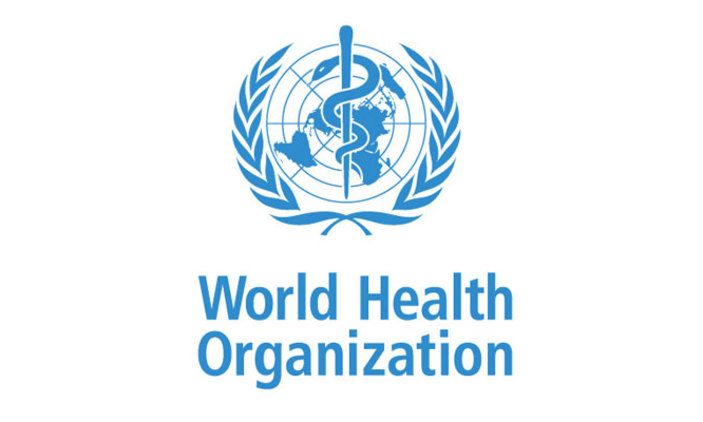
Coronavirus / COVID
Latest News

Today at the European Congress of Clinical Microbiology & Infectious Diseases (ECCMID), Shionogi presented late-breaking data from their phase 2/3 clinical trial for S-217622, an investigational 3CL protease inhibitor. On day 4 of treatment with Shionogi’s S-217622, COVID-19 positive viral titers decreased by 90%.
Latest Videos

CME Content
More News
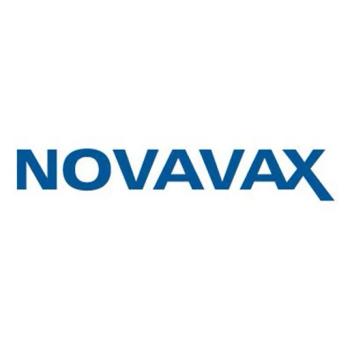
The investigational vaccine's findings from their phase 1/2 clinical trial were reported at the World Vaccine Congress.

With an evolving understanding of T-cells in immunity and emerging SARS-Co-V2 strains, evaluating these vital protection cells can offer researchers insights into response and how to develop future therapies and vaccines.

One study, presented this week at the Critical Care Congress, conducted a thorough analysis of all reported cases of myocarditis after mRNA COVID-19 vaccination.

What are the clinical characteristics of children under 1 year old who are hospitalized with COVID-19 infection?

One study, presented at the Critical Care Congress, found that initiating remdesivir (Veklury) earlier did not significantly reduce the recovery time of hospitalized COVID-19 patients.

Masking requirements on public transportation was struck down by a federal judge late yesterday, which is leading to confusion for travelers today.

Advanced age and comorbidities were more accurate predictors of severe COVID-19 disease than innate immune response.

The InspectIR COVID-19 Breathalyzer test detects chemical compounds in breath samples associated with a SARS-CoV-2 infection.
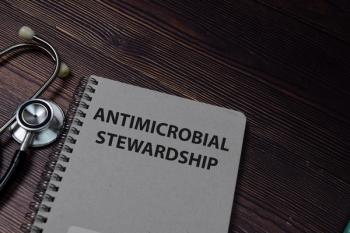
Antimicrobial stewardship efforts, such as education for healthcare providers, significantly decreased community-acquired pneumonia antibiotic prescriptions in COVID-19 patients.
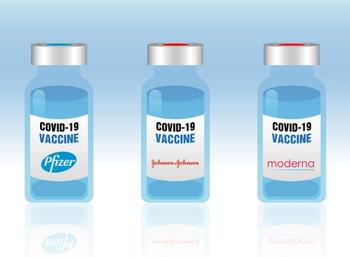
A study presented at the SHEA 2022 conference determined how common and severe breakthrough infections were for Pfizer-BioNTech, Moderna, and Janssen COVID-19 vaccine recipients.

An examination of COVID-19 infections by occupation found that most cases occurred in people who worked in management and healthcare, and COVID-19 death rates were highest among building/grounds cleaning and maintenance employees.

During the COVID-19 pandemic, use of community-acquired pneumonia antibiotics increased significantly, while relative utilization of carbapenems decreased.

Although the numbers overall remain relatively low, the city states the rising cases as the reason for its decision.
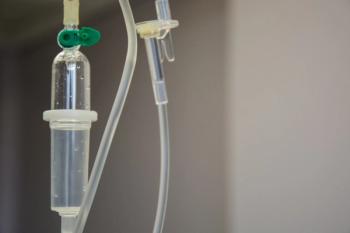
Humanigen’s monoclonal antibody lenzilumab shows promise for treating COVID-19 as new variants of the disease challenge the efficacy of other therapies.
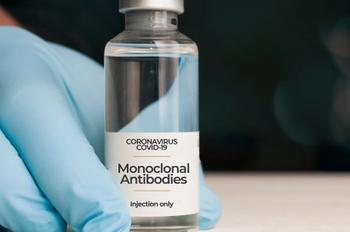
Though many monoclonal antibodies were paused after demonstrated to be insufficient against the BA.1 Omicron subvariant, they may be more effective against BA.2.

Adding v-safe active monitoring to VAERS passive reporting produced "most comprehensive" program, and affirmed COVID-19 vaccine safety.
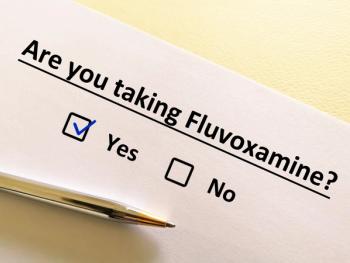
A systematic review of clinical trials found a high probability that fluvoxamine prevented COVID-19 hospitalizations in outpatient settings.

The risks of deep vein thrombosis, pulmonary embolism, and bleeding events were increased at 3 or more months after COVID-19 infection.

Here is a rundown of the most popular stories we covered this past week.

As this is National Public Health Week, and COVID-19 is still top of mind for clinicians and public health officials, what is it going to take for it to become a secondary issue.
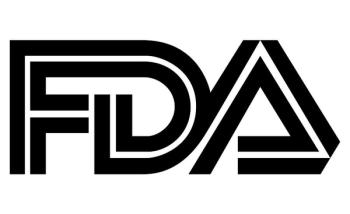
The FDA’s Vaccines and Related Biological Products Advisory Committee (VRBPAC) met today to discuss how to proceed with informing future COVID-19 vaccine strain composition and booster decisions.
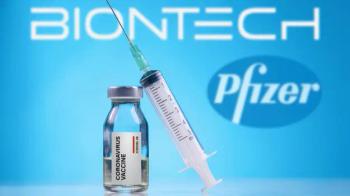
After the US Food and Drug Administration (FDA) fully authorized the Pfizer-BioNTech mRNA vaccine, series-completing second doses increased substantially. However, first vaccine doses were actually administered at lower rates after the approval.
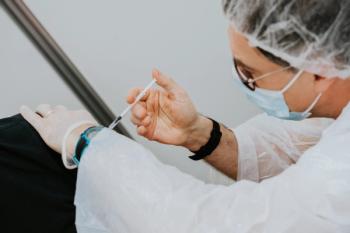
New data coming from Israel shows the Pfizer-BioNTech COVID-19 vaccine did offer some protection initially, but waning immunity occurs rapidly.
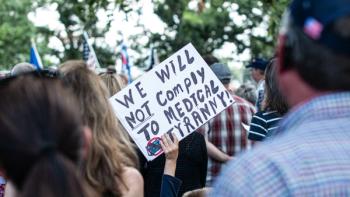
A new study found people who staunchly oppose COVID-19 vaccines were more likely to have experienced adverse childhoods, making them distrustful from a young age.
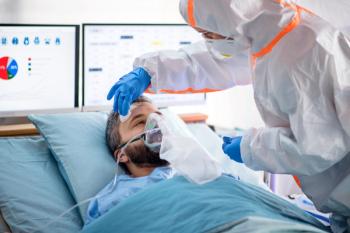
Notoriously slow to implement new practices, most hospitals rapidly updated their standard treatment procedures during the COVID-19 pandemic.


